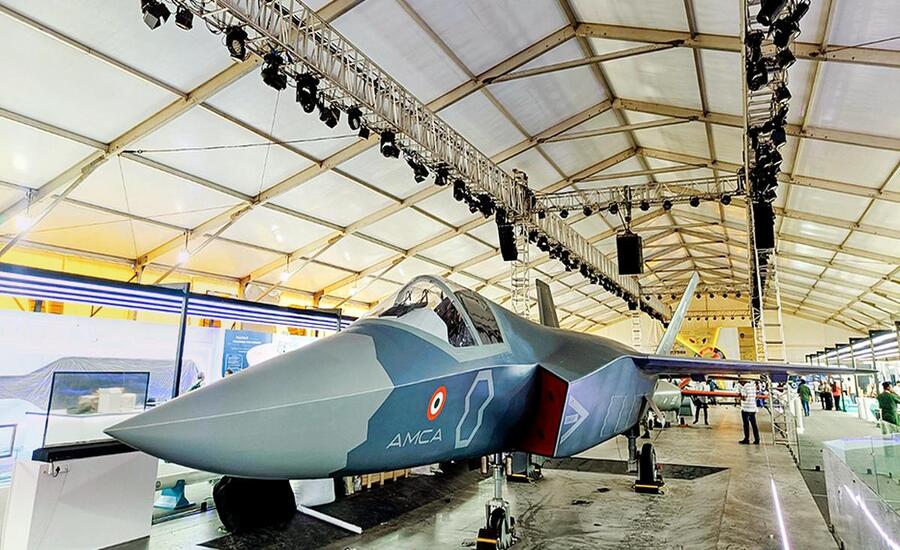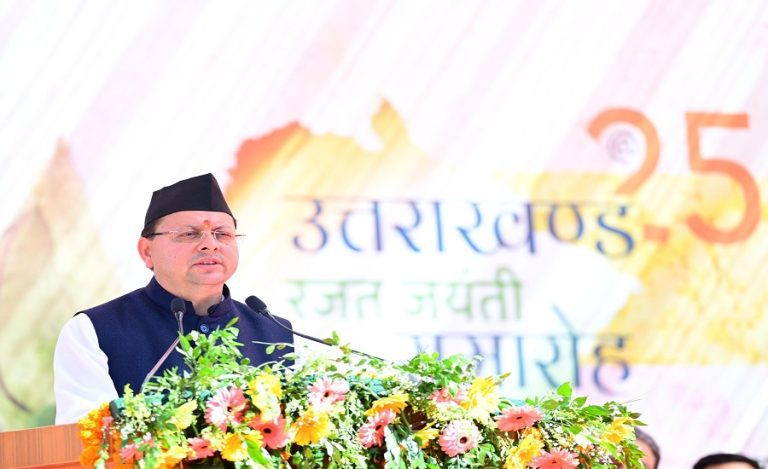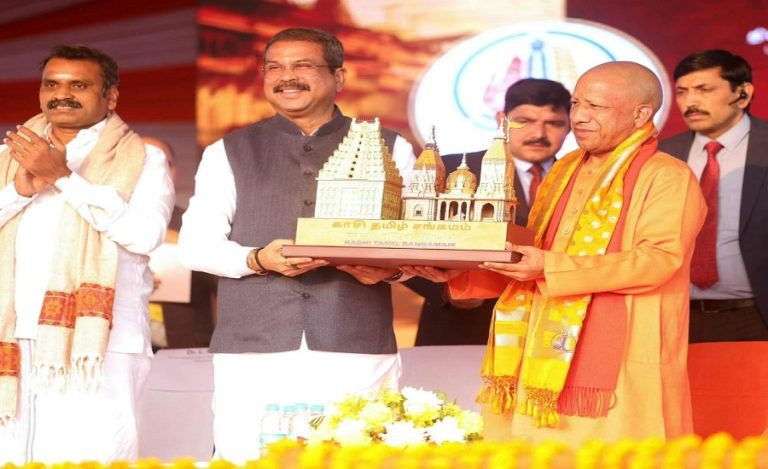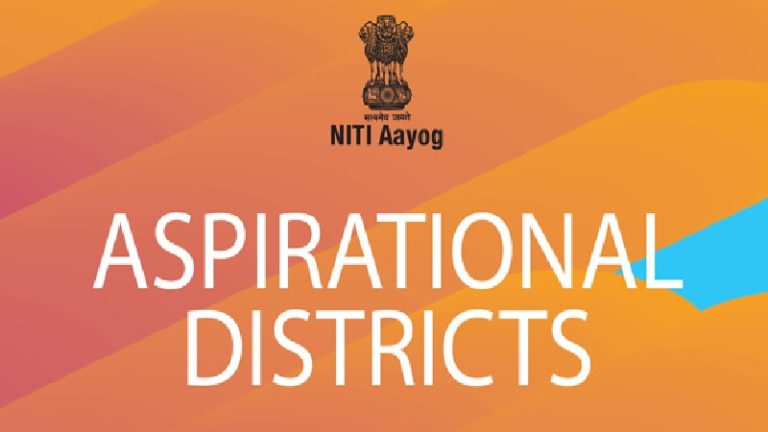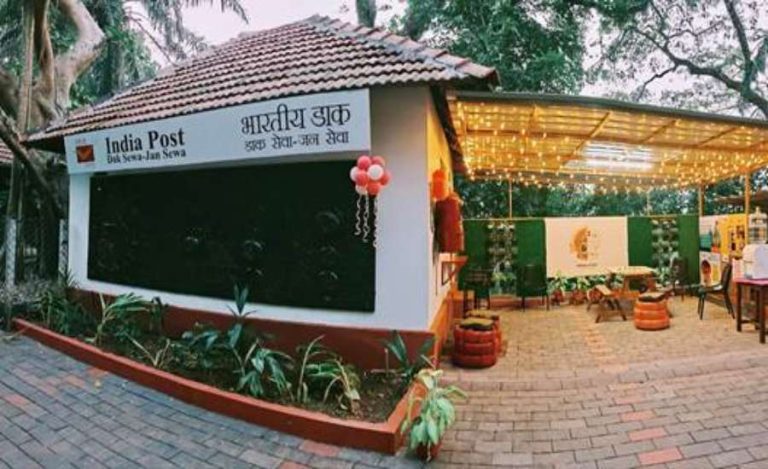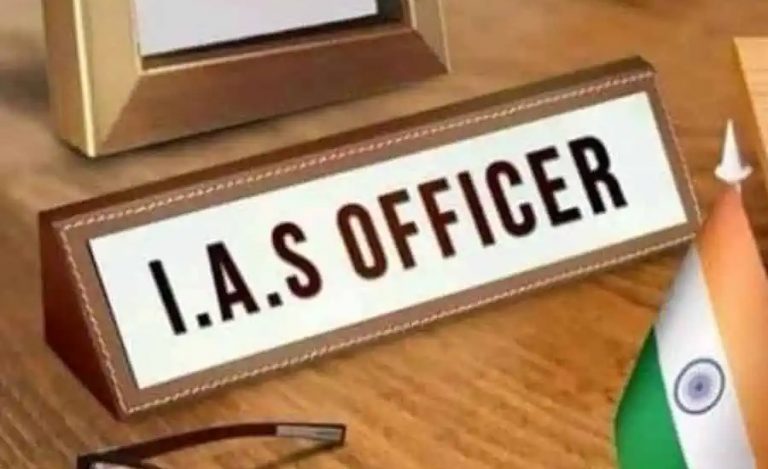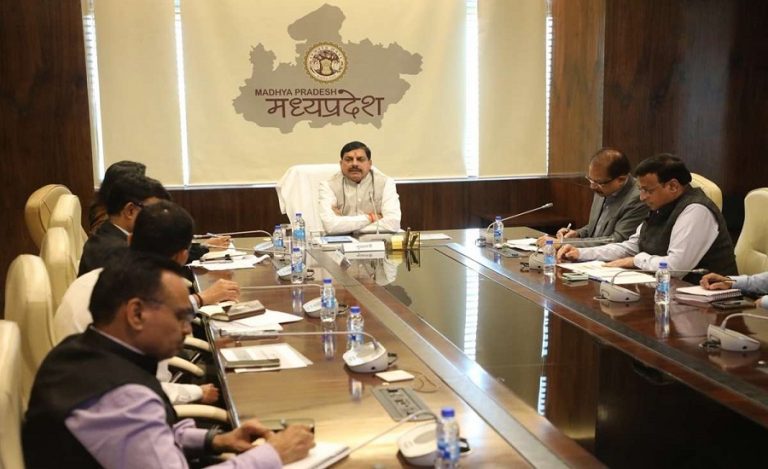New Delhi: In a bold strategic move, India is pushing to diversify fighter jet development and production—breaking away from traditional reliance on a single manufacturer.
The AMCA (Advanced Medium Combat Aircraft) program is being positioned as the launchpad for this transformation.
The government plans a hybrid model: sovereign funding for core aircraft and engine R&D, and private capital for infrastructure, tooling, and vendor ecosystem expansion.
AMCA Program: HAL Restructuring & Private Sector Entry
To unlock agility and competition, HAL is undergoing a strategic restructuring, being segmented into units for fixed-wing aircraft, helicopters, and MRO (maintenance, repair, overhaul) operations.
This “unbundling” is seen as essential to dilute HAL’s monopoly and invite private aerospace players — TATA, L&T, Adani, Bharat Forge among them — into design, prototyping, and manufacturing.
A key concern: design control presently rests with ADA/DRDO, and no parallel design houses exist, increasing risk of cost overruns and delays.
Funding & Fiscal Challenges in AMCA Program
Even as ambitions surge, defence budgets remain tight. Funds for the AMCA must contend with pressing needs such as Tejas Mk-2 upgrades, MRFA replacement aircraft (e.g. Rafale F4), UAVs, AWACS, and tanker fleets.
Officials suggest using financial institutions such as SBI and LIC to offer credit lines or long-term investments to the aerospace sector.
Engine Partnerships: From US to France & Elsewhere
India is rethinking engine sourcing. Talks with the US over co-manufacturing GE engines (e.g. F-414) are reportedly dragging.
In parallel, New Delhi is exploring French engine-maker Safran for collaboration — possibly co-development or licensing.
Beyond these, India is pursuing diversified partnerships — with the UK, Japan and other trusted allies — to reduce dependence on a single source.
Strategic Imperatives & Risks
Risk of overreach: Without multiple design houses and competition, AMCA’s timeline and budget may slip.
Balancing act: Privatisation and funding must not compromise control over critical technologies.
What to Watch in Coming Months
1. Formal joint-venture announcements between Indian firms and global aero-engine players.
2. Policy pronouncements on HAL’s restructuring—timelines and new entities.
3. Budget allocations in the next defence finance cycle—how many crores go to AMCA & related projects.
If successful, India’s fighter jet diversification through AMCA Program could transform its aerospace landscape—making it a technology exporter, not just a buyer.

